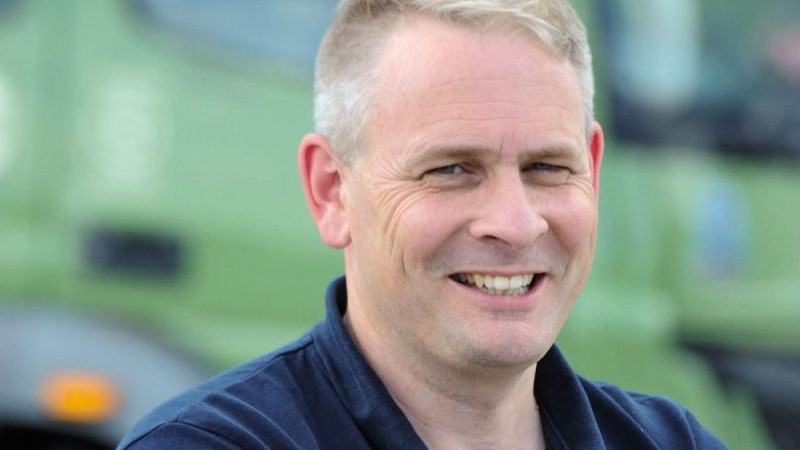Navigating challenges and opportunities for improvement

The lead-up to Christmas saw me jump behind the wheel for a couple of days, assisting with overflow freight volumes. It was a reminder of what our teams deal with daily – not from other road users, but from the industry and associated customers and suppliers.
I found several uber-busy (yes, I am aware it was December), high-volume freight terminals that were challenging at best to work out where and how to do the right thing. In one case, simply finding the despatch office was like a pick-a-path adventure. I spoke to the guy in the hi-vis leaning against the pole, who told me to head to the distant roller door. At the roller door, I headed across a yard, along a congested canopy area with multiple vehicle hazards, and eventually spied a portacom tucked nicely inside a warehouse and out of anyone’s view.
Turning up at each site, I could readily see signage proclaiming the usual ‘safety first’ approach. However, that was where any form of customer-centric approach came to a sudden halt. Beyond that, I had to rely on following other carriers or making a couple of calls to team members to get a better read on how to do things ‘right’. It was all somewhat counterintuitive to the ‘safety first’ messaging I saw proudly displayed everywhere.
When I eventually found my way to the right locales, what blew me away was the total misalignment between site protocols and procedures, let alone the behaviours that needed to be adopted simply to try and make things work. There was loading and unloading in car parks, people walking through loading and unloading zones (albeit in their magical lightweight hi-vis vests to shield them from potential harm), and just a general attitude of getting the freight moved in some form, regardless of what convention suggested might be the ‘right’ way to do it. There was a degree of inevitability that some of the pallets being collected would be incorrect. But the site knew best, and sure enough, an additional trip was required to uplift the correct product a couple of days later.
Yep, so much of this might be deemed commonplace and just good people trying to get their job done under pressure, but does that make it right? Or is it something we can all consciously look at improving?
Again, we talk about engaging new people in the industry and providing an easy/simple/clear pathway, yet I couldn’t even find the pathway to a despatch office. The reality is it wouldn’t have taken much at these sites to improve the operator/customer experience radically; what was needed was for the operators to simply put themselves in the shoes of the other party coming onto their site. A little would go a long way.
I don’t raise these issues as a beat-up, but as an opportunity for us to embrace and really make a big deal out of our ‘customer’ performing that critical task of getting the freight to its destination. They’ve got enough on their plate … competition, traffic, compliance … surely, we can take site complexity off that list?
In a similar but completely different vein, it’d be rude not to shine a spotlight on the stellar effort of all parties involved in the lightning-quick remediation of SH25A between Kopū and Hikuai, a key regional connection in the North Island’s Coromandel region. Here, we saw first-hand what could be achieved when a pragmatic and objective approach was taken in the design and execution of what could easily have blown into a much bigger roading project. Most incredible was the fact the project was delivered ahead of what was already a very short proposed construction timeframe and, from initial reporting, under budget too; two outcomes we’ve simply become unaccustomed to in local infrastructure projects.
The common thread in both situations? The need to consider who our customers are and how to achieve something that works for them within the bounds of what we’re all trying to achieve: safe, cost-effective, efficient, timely transport that’s well-communicated and understood by all parties. Doesn’t sound too difficult, does it?
With a new government and its 100-day plan of attack starting to come to life, some of which has a strong weighting on transport, roading and infrastructure, here’s hoping Luxon and Co mimic the performance we saw in the Coromandel and not what I saw in my pre-Christmas freight jaunt.


